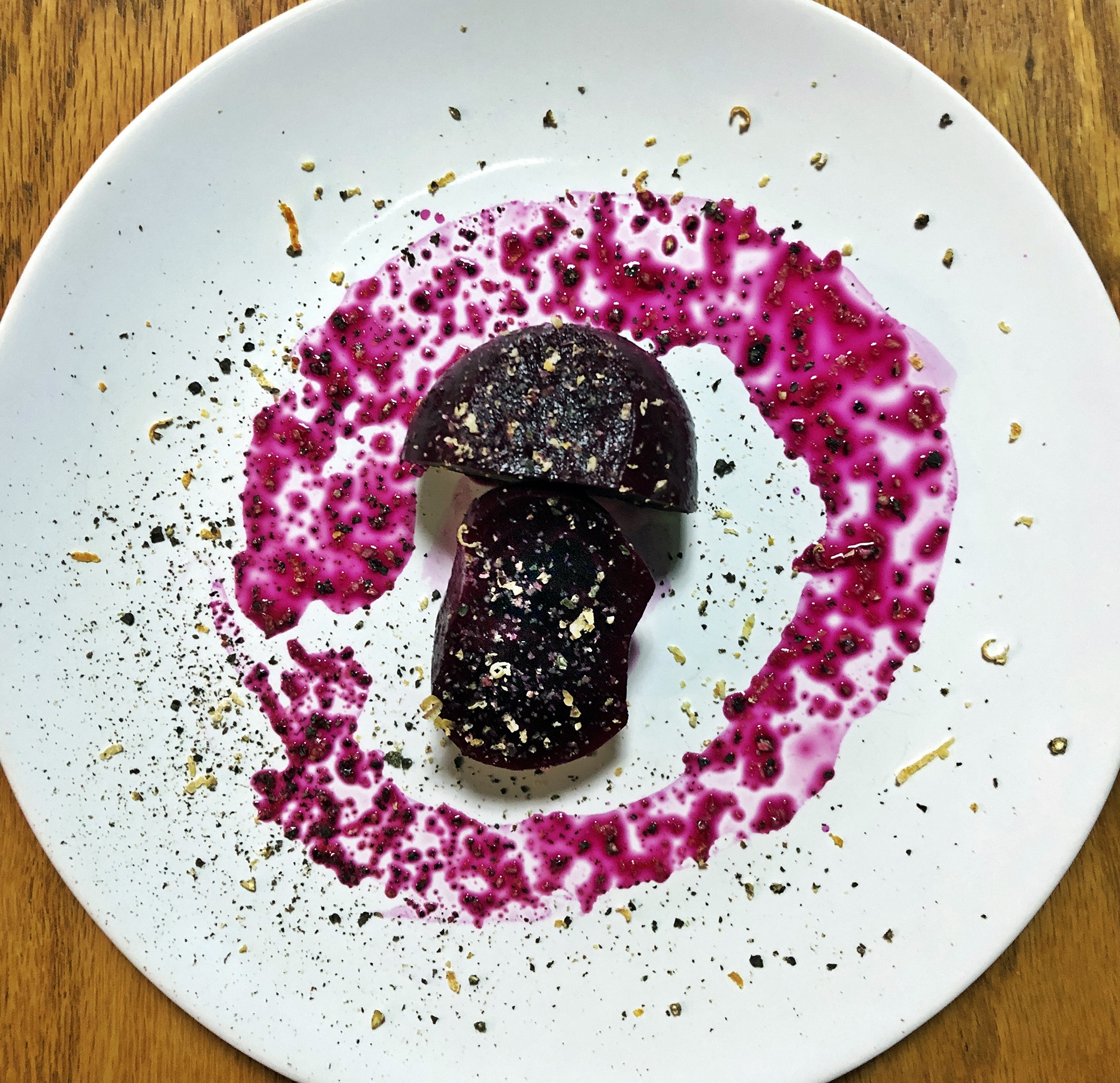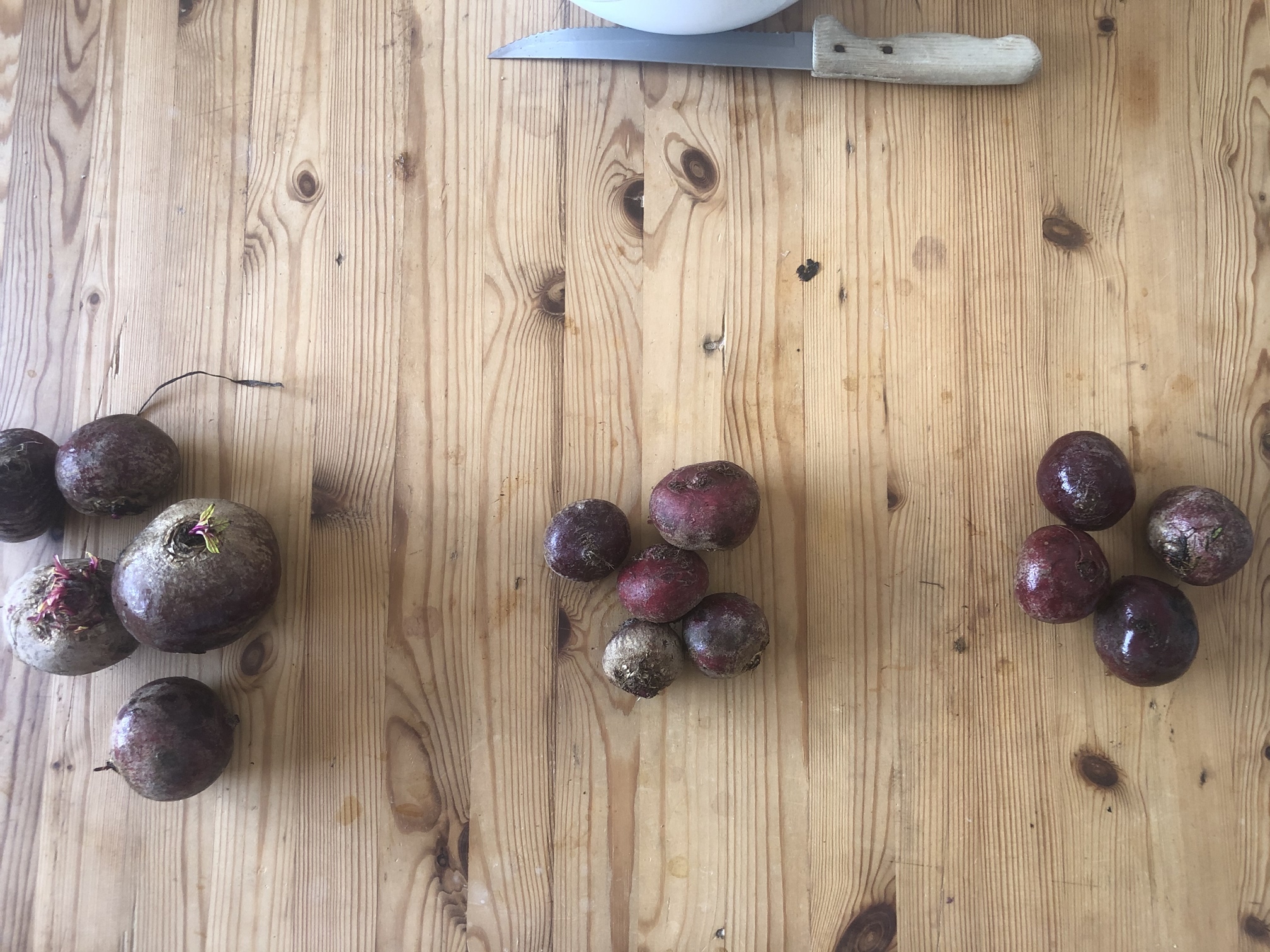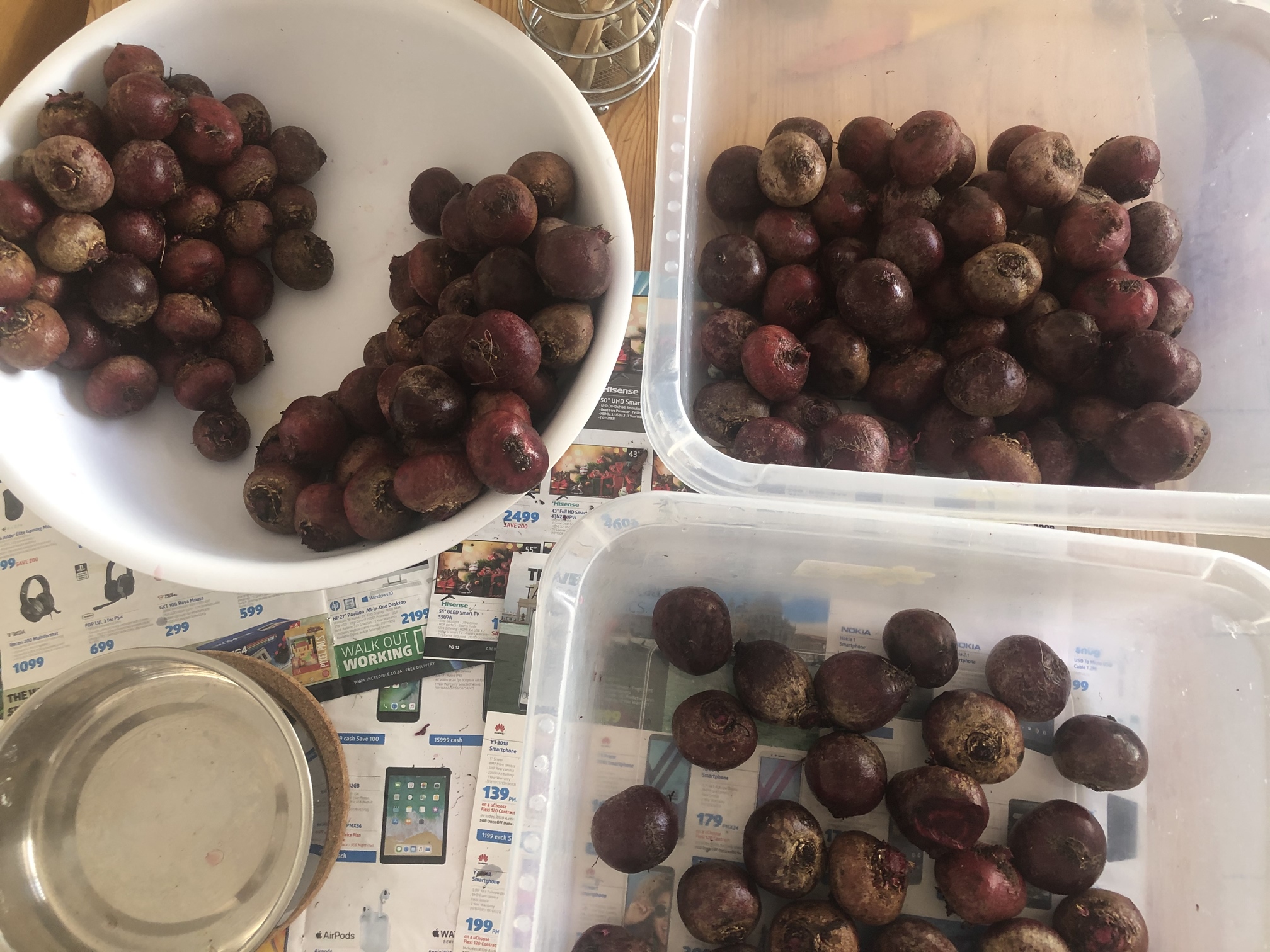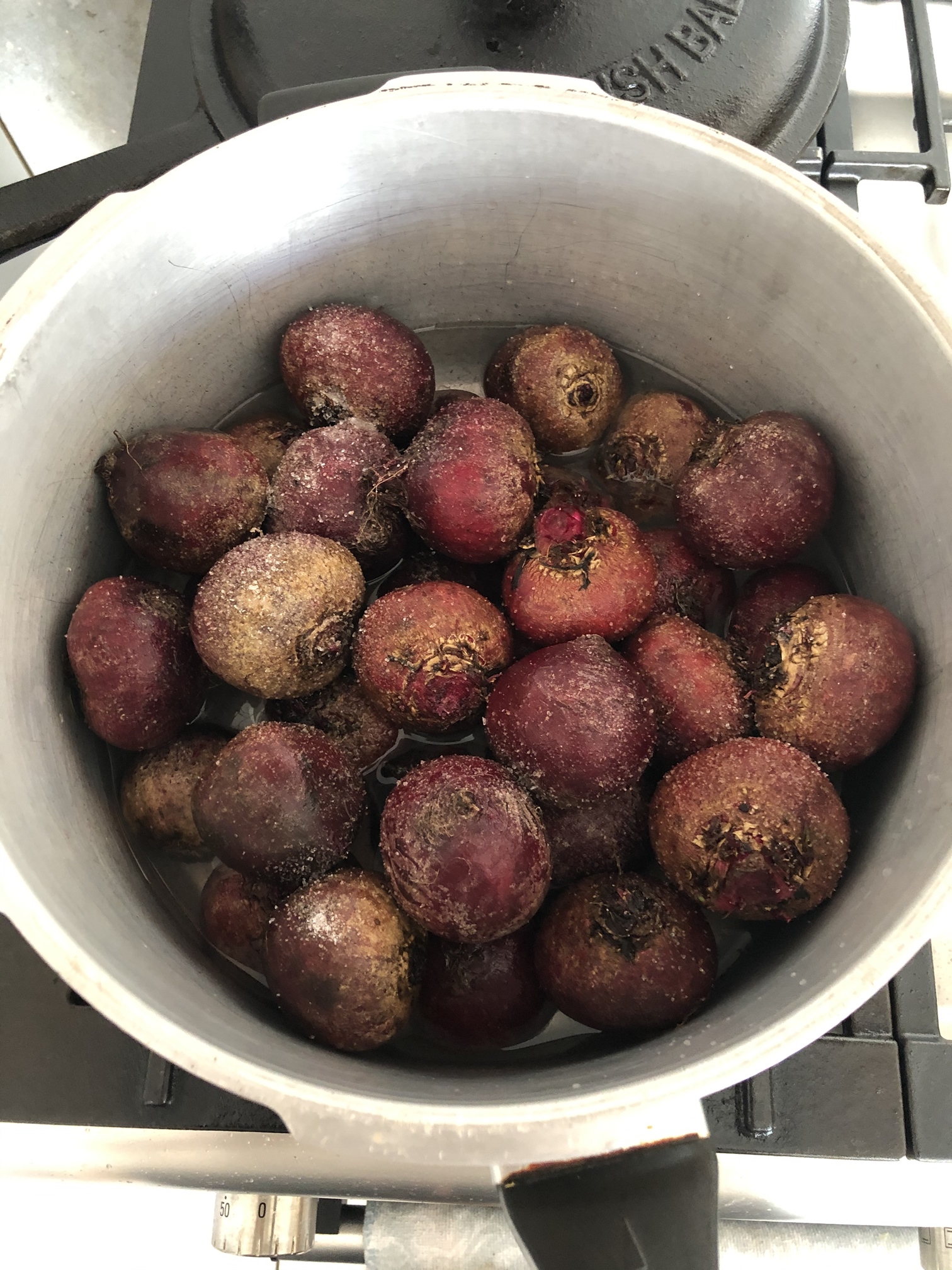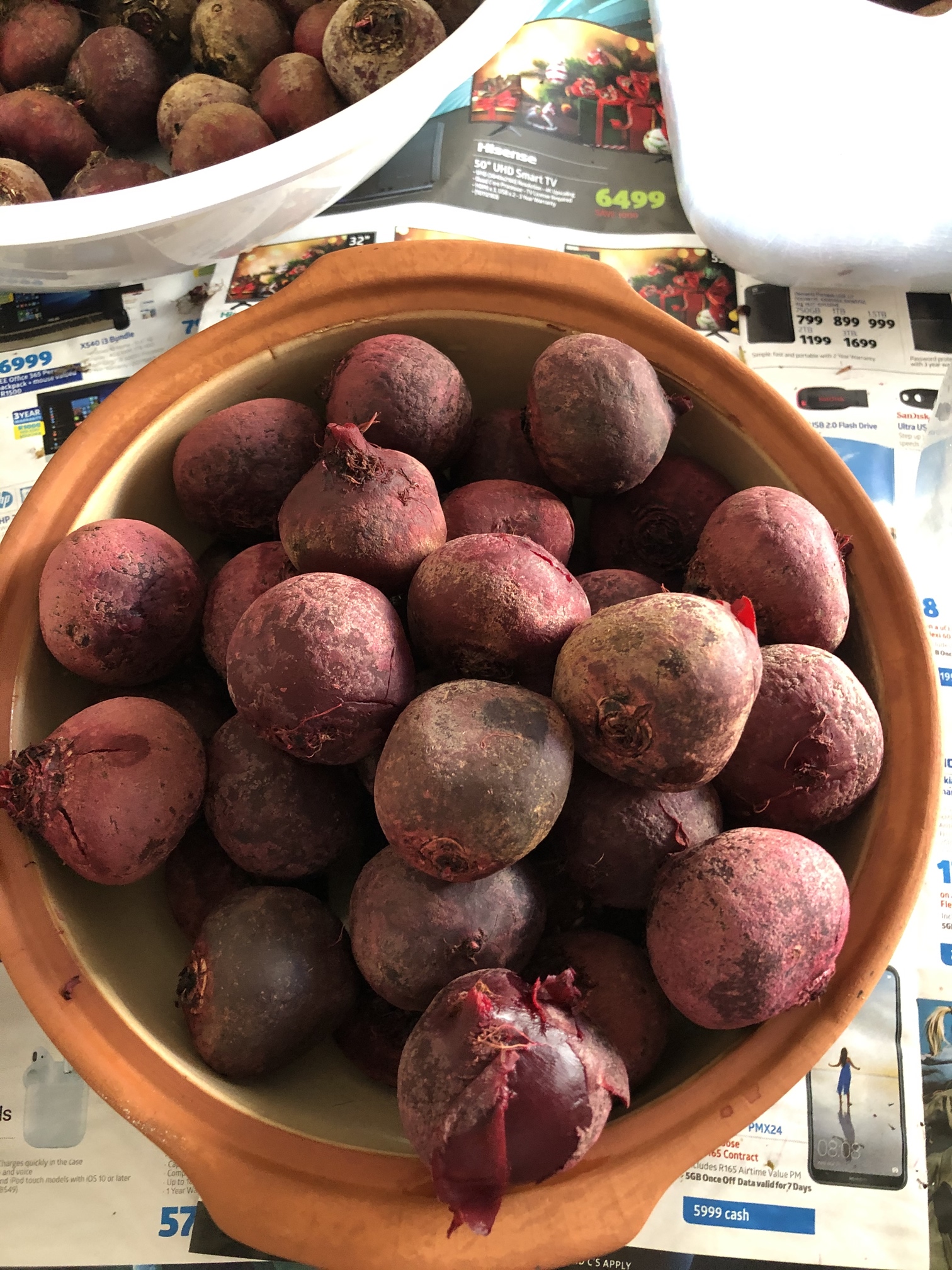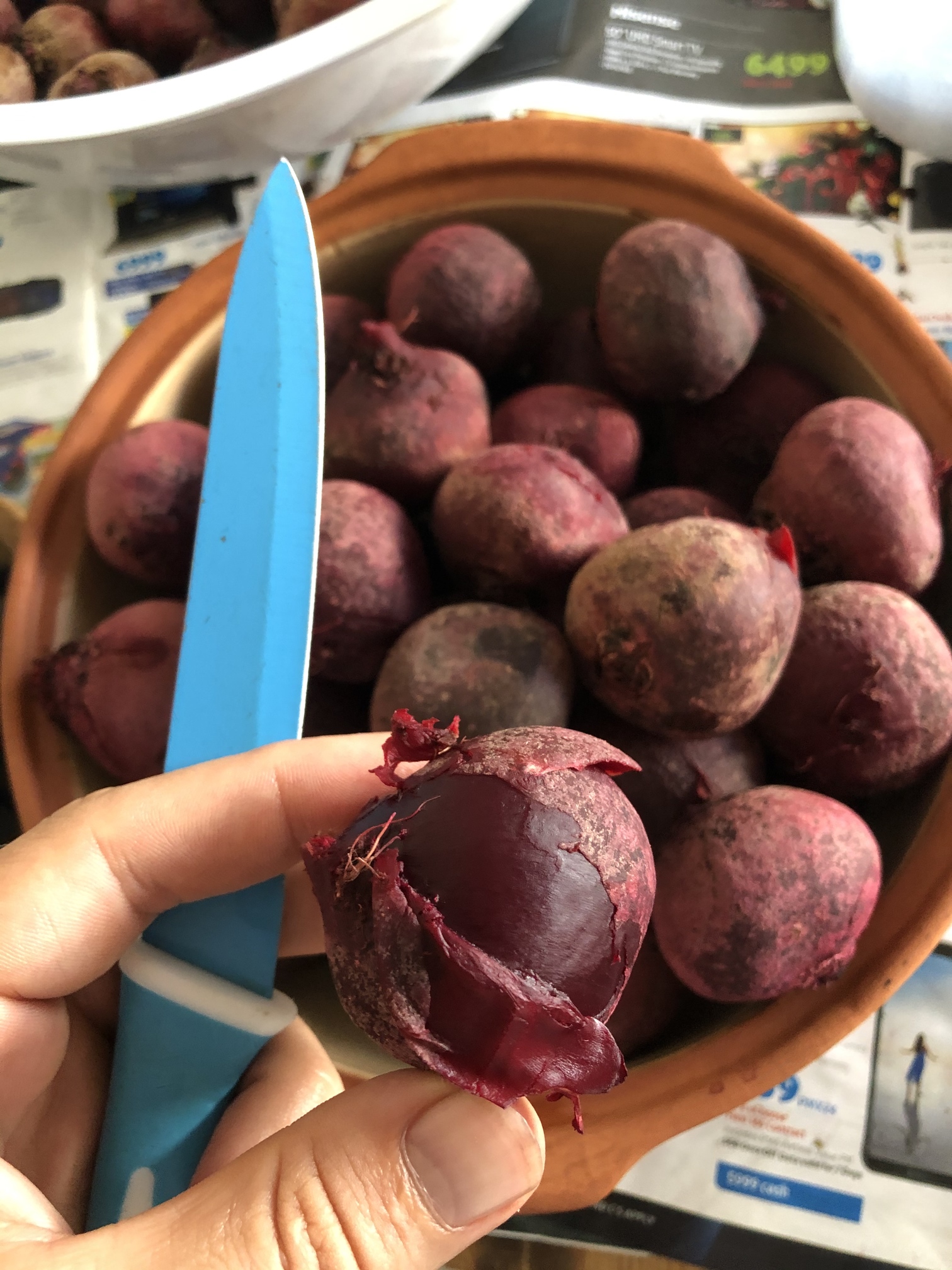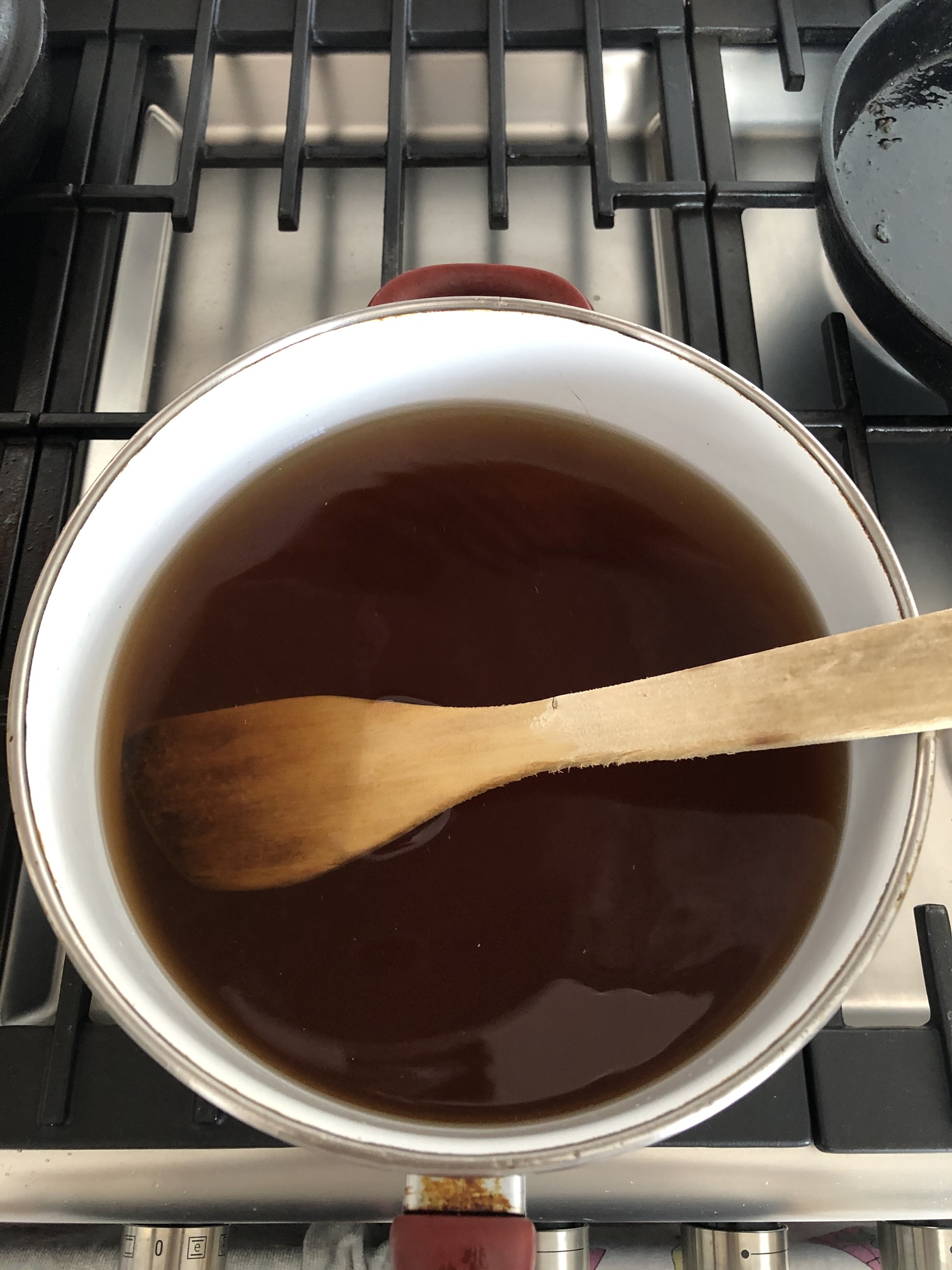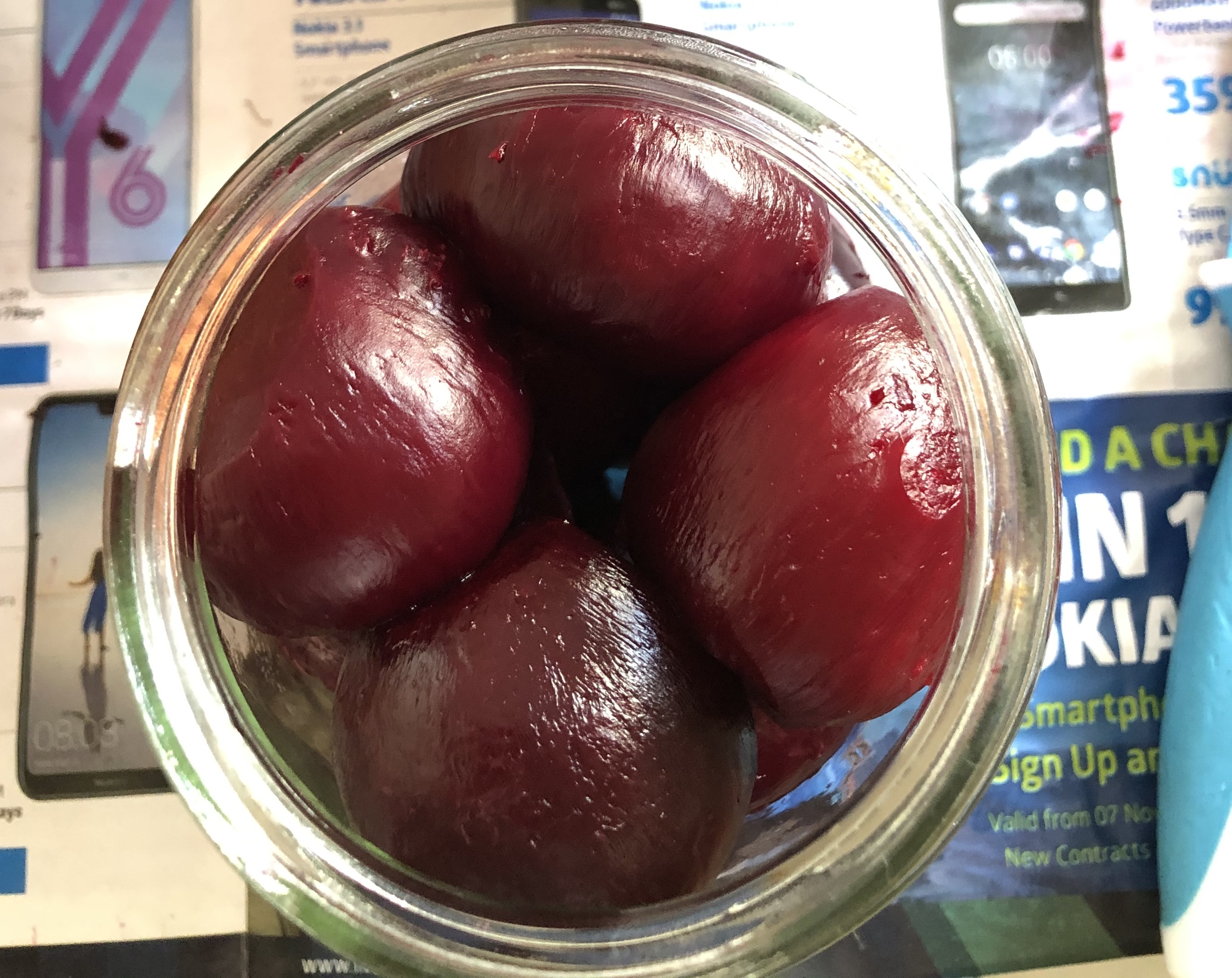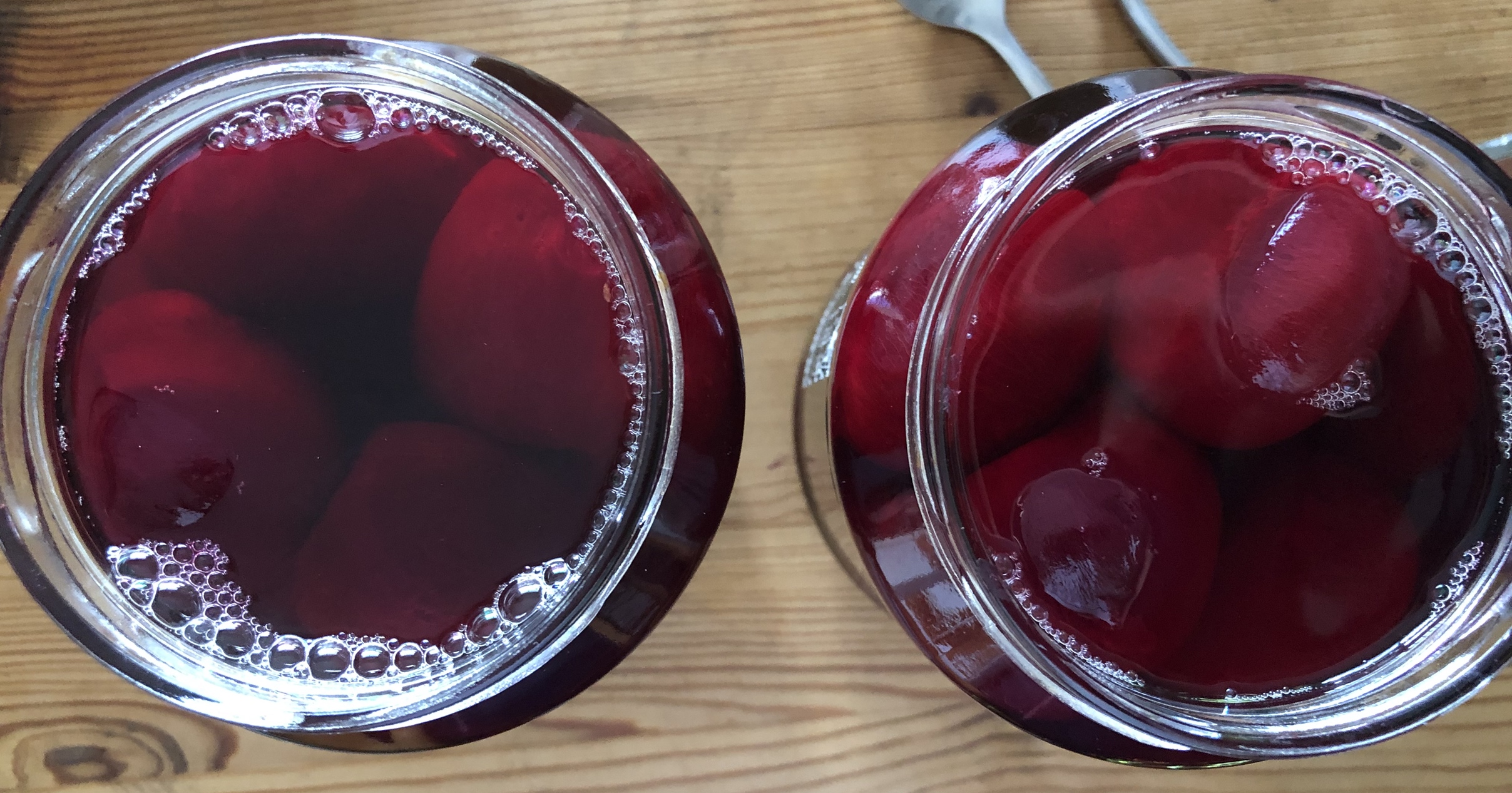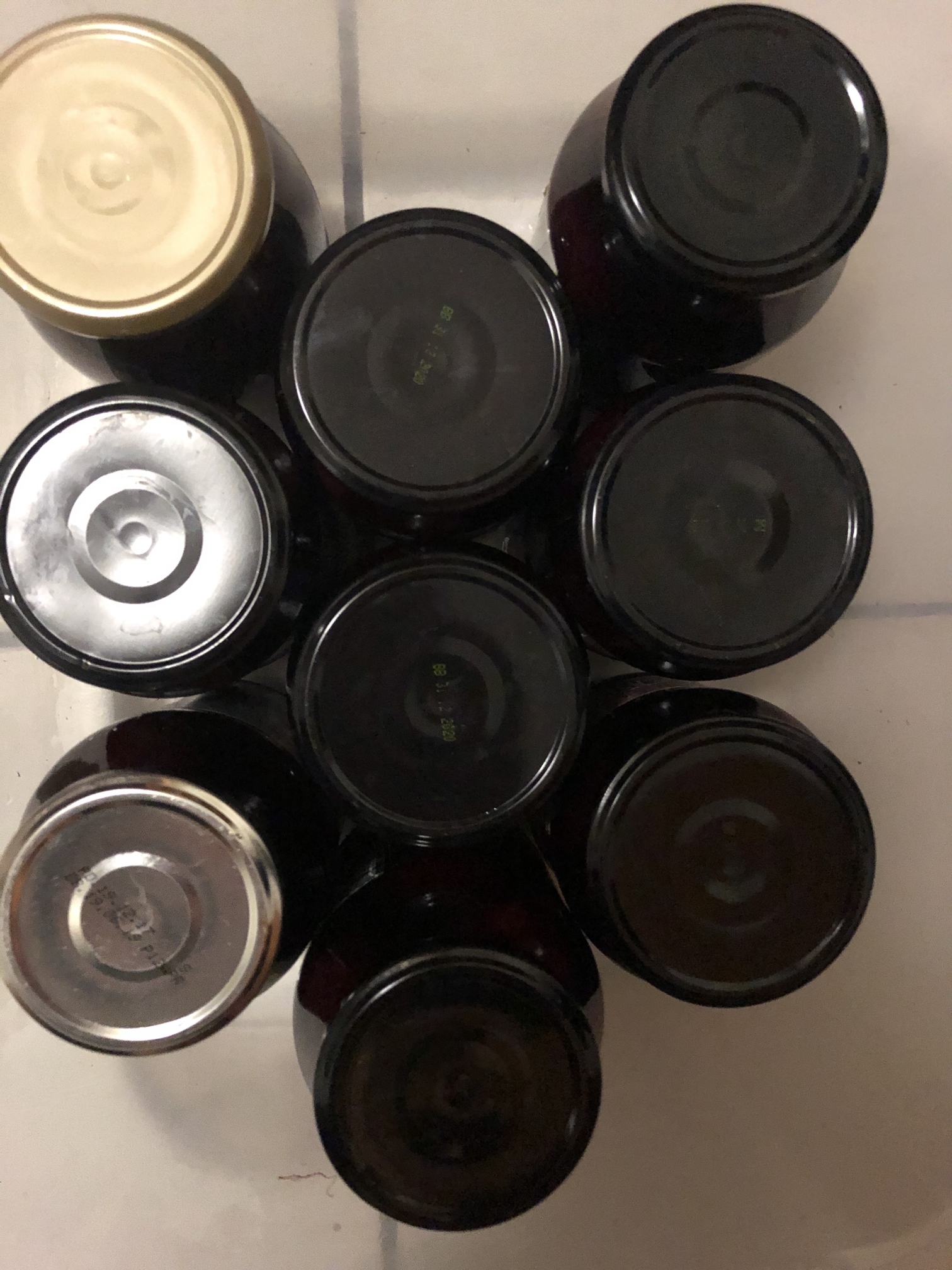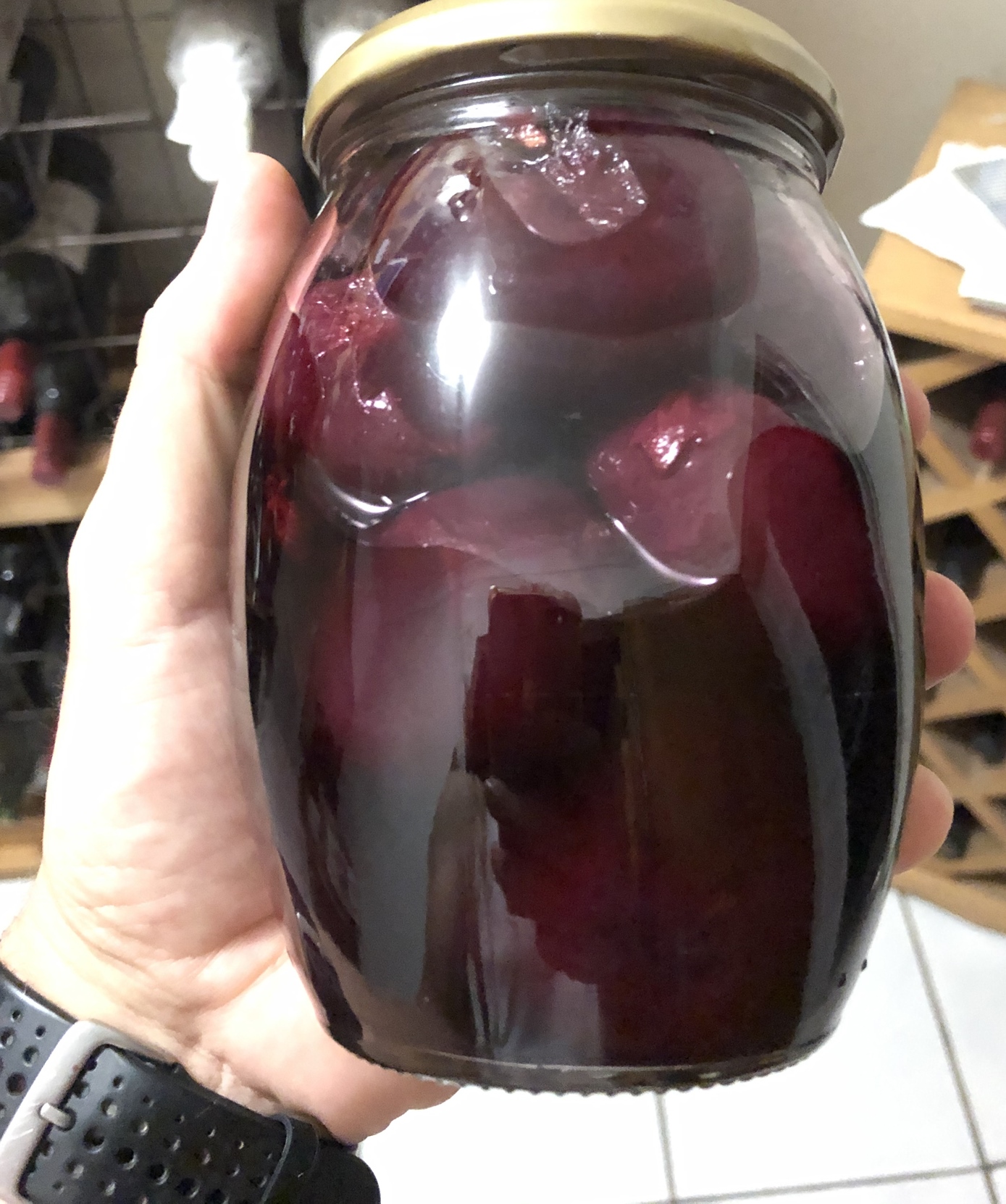How to Make Pickled Beetroot: Storing Away Produce
I wish I had the space to grow exorbitant amounts of food throughout the year so that I could store it away. I think the need is present in all of us humans; modern storage systems (like the fridge) is good for many reasons, but we are losing the art of preserving food. Fermentation is one way of storing food, but utilizing the products of fermentation (such as vinegar) is also another way of storing food. One of my favourite foods is whole pickled beetroots, especially the small ones. It is so simple, and cheap and it pairs so well with many foods. You can also just eat it like it is! Although there is some sugar in the recipe, I do not think it is that unhealthy, as the sugar is yet another preservative rather than something you consume. Let me show you how I make pickled beetroot and how I eat it!
(I tried to be artistic with this image, but I think I failed!)
Sorting the Beetroots
I buy big 3kg (or 6-7lbs) bags of beetroots. In these bags are various sizes of beetroot. The first step is to sort them relatively so that the small ones are together and the larger ones are together. This is important as the bigger ones will cook longer and the smaller ones will cook for a shorter time.
Cook the Beetroot
I use a pressure cooker to cook the beetroot. The small ones I cook for 7-8 minutes under pressure, the medium ones for 10 minutes and the larger ones for 11-12 minutes. I add some salt to the first batch; because I do multiple batches I only add salt at the start or the first batch. I reserve the cooking water for the other batches as well. Do not peel the beetroot! Read on below why not.
(Here you can see I added salt to the first batch.)
Peel the Beetroot
I did not peel the beetroot beforehand, because after it cooked and cooled down a bit, the skins will practically fall off. By using your fingers to just rub over the skin it will come away. Peel all of them and then prepare the pickling liquid.
Pickling Liquid
You can pickle something by either fermenting the product (in order to make the environment sour) or you can use acid (and sugar) for the pickling process. I opt for the latter because it is easier and more predictable. Utilizing fermentation is better suited for other products like peppers and bread.
My recipe is real simple: 1 part water, 1 part sugar and 1 part vinegar. Using different kinds of vinegar will give you different end products. Using additives such as star anise, coriander seeds, peppercorns, ginger pieces, etc., will also give you different flavours. I boil the liquid for a minute or two and pour it over the beetroot whilst it is still hot. This will give you a good seal at the end. If you are storing them for an extended time period make sure the lid has indented inwards. I store mine in the fridge. I have never had problems with mould or anything like that, and I eat them within six months. Always do your own research about storing food as some bacteria and pathogens may be odourless. But I think this is a relatively safe recipe.
Eating Your Beetroot
I normally just eat them as is. They make a wonderful side dish. The more simple the better. In the following picture, I used only some pepper and lemon rind. It is an awesome flavour with the pickled beetroot and when you bite on the lemon rind it gives a very pleasant taste.
You can also use these beetroots with Labneh and Dukkah spice and some olive oil. If you do not know these foods, stay tuned as I will make some posts in the future on them! I hope you give these a try. Stay safe.
